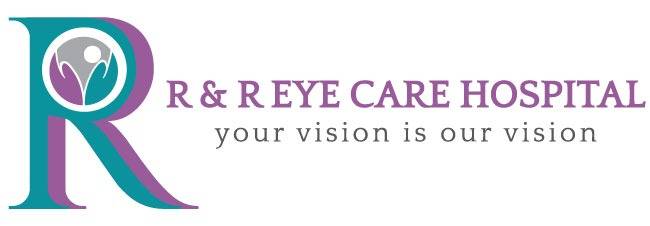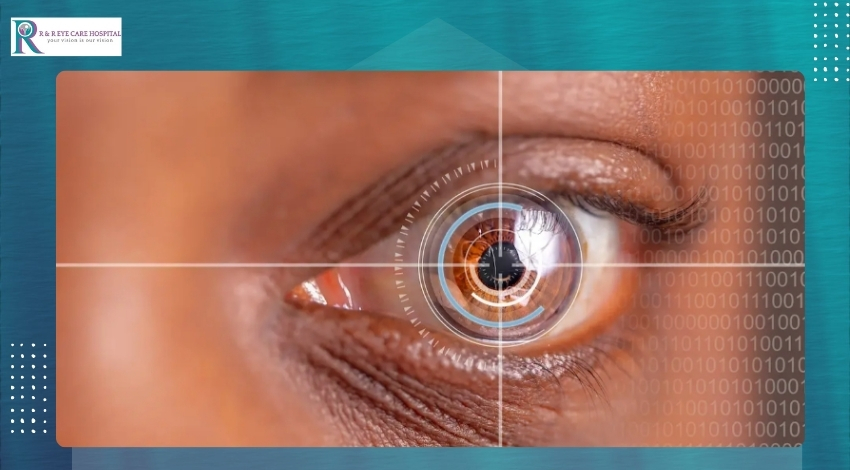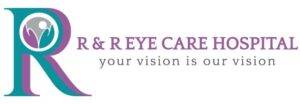For millions of people around the world, LASIK has been a life-changing procedure, freeing them from glasses and contact lenses. As one of the most popular laser eye surgeries, LASIK offers a safe and effective solution for vision correction. However, before undergoing the procedure, it’s important to understand how it works, its benefits, and whether you’re a suitable candidate.
This guide will help you make an informed decision about LASIK.
What Is LASIK?
LASIK (Laser-Assisted In Situ Keratomileusis) is a refractive surgery designed to correct common vision problems such as:
- Myopia (Nearsightedness): Difficulty seeing distant objects clearly.
- Hyperopia (Farsightedness): Difficulty focusing on close objects.
- Astigmatism: Blurred or distorted vision caused by an irregularly shaped cornea.
The procedure uses a laser to reshape the cornea, allowing light to focus properly on the retina, resulting in improved vision.
How Does LASIK Work?
LASIK involves three main steps:
- Creating a Corneal Flap:
A thin flap is created on the cornea using a femtosecond laser or a microkeratome blade. This flap is gently lifted to expose the underlying corneal tissue. - Reshaping the Cornea:
An excimer laser is used to remove precise amounts of corneal tissue, reshaping it to correct the refractive error. - Repositioning the Flap:
The flap is repositioned over the treated area, acting as a natural bandage. No stitches are required, and the cornea begins healing immediately.
The entire procedure typically takes 10–15 minutes per eye and is virtually painless, thanks to numbing eye drops.
Benefits of LASIK
- Immediate Results:
Most patients experience improved vision within 24–48 hours after surgery. - Permanent Vision Correction:
Once the cornea is reshaped, the results are long-lasting, though some age-related changes in vision may still occur over time. - Freedom from Glasses and Contacts:
LASIK significantly reduces dependency on corrective eyewear, improving convenience and confidence. - Quick Recovery:
Patients can typically return to work and normal activities within a day or two. - High Success Rate: Studies show that over 95% of LASIK patients achieve 20/40 vision or better, and many achieve 20/20 vision.
Are You a Candidate for LASIK?
While LASIK is suitable for many individuals, certain criteria determine eligibility. You may be a good candidate if you:
- Are over 18 years old (the eye must be fully developed).
- Have a stable prescription for at least one year.
- Have healthy corneas with sufficient thickness.
- Do not have eye conditions such as glaucoma, severe dry eye, or keratoconus.
- Are not pregnant or nursing (hormonal changes can affect vision).
A comprehensive eye exam is essential to assess your suitability for LASIK.
What to Expect During the Recovery Process
The recovery process for LASIK is generally smooth and quick. Here’s what to expect:
- Immediately After Surgery:
- Mild discomfort, such as dryness or a gritty sensation, which subsides within a few hours.
- Vision may be blurry initially but will improve significantly by the next day.
- The First Week:
- Avoid rubbing your eyes.
- Use prescribed eye drops to prevent infection and reduce dryness.
- Avoid swimming pools, hot tubs, and strenuous activities.
- The First Month:
- Attend follow-up appointments to monitor healing.
- Continue protecting your eyes from bright light and UV exposure by wearing sunglasses.
By following your surgeon’s aftercare instructions, you can ensure a smooth recovery and optimal results.
Risks and Side Effects
Like any surgical procedure, LASIK has potential risks and side effects, though they are rare. These may include:
- Temporary dry eyes or glare, particularly at night.
- Undercorrection or overcorrection requiring additional treatment.
- Flap complications during healing.
Choosing an experienced and skilled surgeon minimizes these risks.
Alternatives to LASIK
If LASIK is not suitable for you, other vision correction options are available:
- PRK (Photorefractive Keratectomy): Ideal for those with thin corneas; involves reshaping the cornea without creating a flap.
- SMILE (Small Incision Lenticule Extraction): A minimally invasive procedure for correcting myopia and astigmatism.
- Refractive Lens Exchange (RLE): Replacing the eye’s natural lens with an artificial one, often used for age-related vision changes.
Your eye specialist can help you determine the best alternative based on your needs.
Why Choose R & R Eye Care Hospital for LASIK?
At R & R Eye Care Hospital, we are dedicated to providing exceptional eye care services tailored to each patient’s needs. Here’s why patients trust us for LASIK:
- Experienced Surgeons: Our team of skilled ophthalmologists has performed numerous successful LASIK procedures.
- Advanced Technology: We use state-of-the-art lasers and diagnostic tools to ensure precision and safety.
- Personalized Care: We prioritize patient comfort and provide thorough pre- and post-operative support.
With locations in Matunga East and Dadar West, R & R Eye Care Hospital is conveniently accessible for residents of Mumbai.
Conclusion
LASIK is a safe, effective, and life-changing procedure for those seeking freedom from glasses or contact lenses. However, it’s essential to consult a qualified eye specialist to determine if it’s the right choice for you. By understanding the benefits, risks, and recovery process, you can approach the procedure with confidence.
If you’re considering LASIK, contact R & R Eye Care Hospital today to schedule a consultation. Let us help you see the world clearly—no strings (or glasses) attached!




Leave A Comment